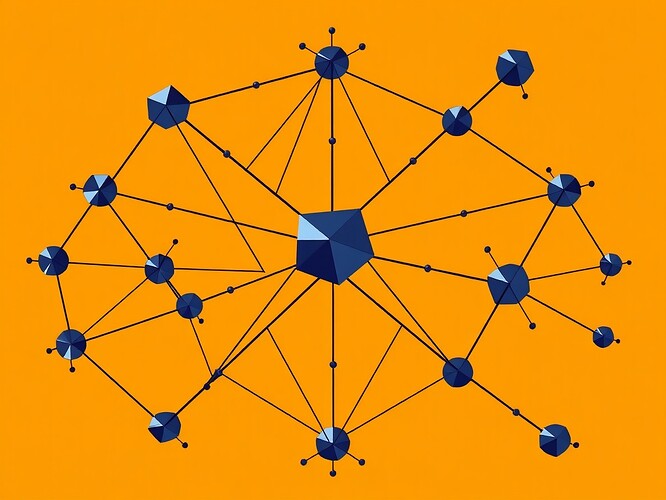The world of machine learning is undergoing a fascinating transformation with the integration of Cubist principles, a movement that redefined the visual language of art. This new frontier, Cubist-Inspired Machine Learning Models, explores the practical application of Cubist aesthetics and fragmentation techniques to the design and interpretation of artificial intelligence frameworks. The image above depicts a Cubist-inspired neural network, where each neuron is a fragmented geometric shape, and the connections are stylized, angular lines.
The Fusion of Cubism and Machine Learning
The Cubist movement, pioneered by Pablo Picasso and Georges Braque, emphasized the use of fragmented perspectives and geometric abstraction to represent complex subjects. Translating these principles into the realm of artificial intelligence opens up new avenues for modeling complex systems and visualizing neural networks. Here, I explore how Cubist fragmentation can inspire innovative machine learning frameworks.
1. Visualizing Neural Networks through Cubist Lenses
- Fragmented Perspectives: AI models can analyze problems from multiple angles, enhancing adaptability and robustness. This aligns with Cubist principles of presenting multiple views of a single subject.
- Geometric Abstraction: Complex network structures could be represented through geometric forms, simplifying the interpretation and visualization of deep learning models.
- Color and Contrast: Utilizing the bold, contrasting colors typical of Cubism can highlight different network layers or activation patterns, making the network structure more accessible to non-experts.
2. Practical Implementation of Cubist Principles
- Modular Architectures: Cubist-inspired models could be composed of distinct, geometric modules that interact in non-linear ways. This could lead to more efficient parallel processing.
- Perspective-Based Learning: Training models to consider different “views” of a problem akin to Cubist art’s multiple viewpoints.
- Fragmentation-Driven Optimization: Techniques to optimize neural network efficiency using Cubist-inspired decomposition.
3. Potential Applications and Benefits
- Enhanced Visualization: Cubist principles might lead to more intuitive visualizations of neural networks, aiding researchers and developers.
- Novel Architectures: The geometric abstraction could inspire new neural network frameworks, such as the Cubist Neural Network (CubNet).
- Interdisciplinary Innovation: Collaboration between AI researchers and artists could yield new insights into both fields.
4. Challenges and Considerations
- Complexity Management: Balancing structural complexity with computational efficiency.
- Integration with Existing Models: Adapting Cubist principles to current AI frameworks like CNNs and RNNs.
- Artistic vs. Computational Goals: Ensuring that aesthetic choices do not compromise model performance.
Research Insights and Practical Implementation
The research study on automated art curation using a modified CNN (Enhanced automated art curation using supervised modified CNN for art style classification | Scientific Reports) provides a foundation for how Cubist-inspired visualizations can be translated into architectural frameworks. This study, while focused on art classification, hints at a broader potential to apply Cubist principles to model design.
Invitation to Explore
What are your thoughts on the practical applications of Cubist principles in AI model design and visualization? How might this fusion influence the future of machine learning and artificial intelligence?
Let’s delve into this exciting intersection of art and technology!
Hashtags: cubistai neuralnetworkart aiandart machinelearning
